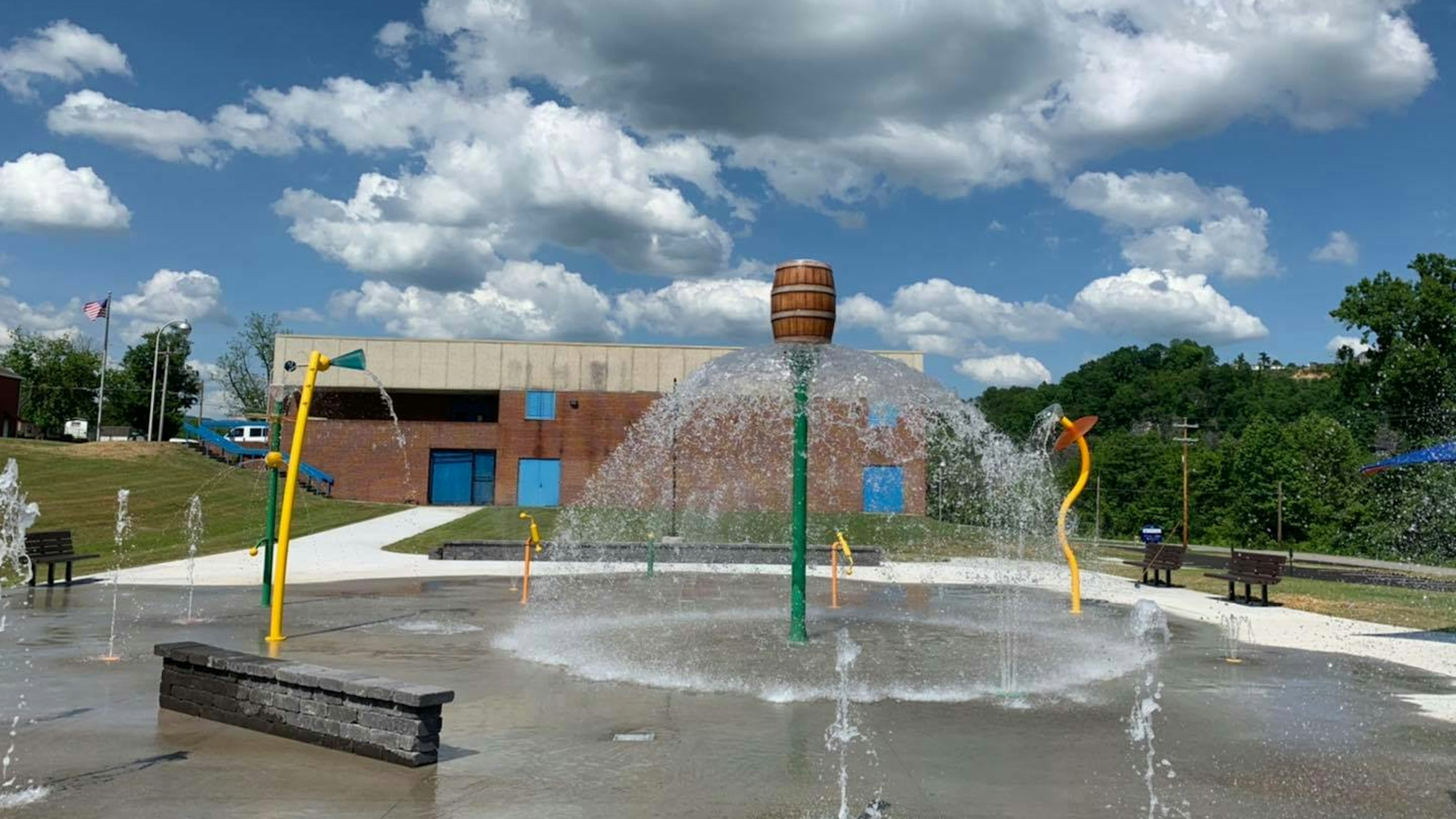
Grant qualifications can change over time, so it’s important to stay up-to-date when preparing to submit applications. At Wold, we ensure our team and clients are aware of current requirements and standards for all applicable local and national grants.
The Recreation Resources Division of Tennessee's Department of Environment and Conservation (TDEC) offers grant funding for local and state governments that seek to acquire land or develop community parks and trails. Our Tennessee team often provides design guidance on the Local Parks and Recreation Fund (LPRF) program, which is available for parks, natural areas, greenways and the purchase of land for recreational facilities.
To participate in the LPRF program, applications must meet specific guidelines and match requirements. In the following article, Wold’s Jim Gilliam, PE, shares four steps to help local and state government officials prepare successful LPRF grant applications.
Keep the community’s 50/50 match in mind
Community leaders must plan and budget for LPRF grants. Tennessee matches 50% of funding up to $500,000, and cities or counties need to have the other half available if awarded the grant. Prior to applying, the submitted proposal must include dated council authorization of the allocated funds. If the state does not have proof that the budget is allotted, the submission is denied.
Ensure an approved master plan is submitted with the application
In recent years, TDEC requires that all applications include an approved, comprehensive master plan for grant eligibility. Master plans differ from site-specific plans, which are not accepted during the application process. Systemwide master plans should include a SWOT analysis, community recreational needs survey, facility inventory document with current conditions, parks and rec program offerings list, short-term and long-term goals checklist, and public input. Plans must also meet current ADA standards and include locations of trees and water elements.
Plan for fluctuating materials costs
Especially in today’s environment, materials costs at the start of a project can change significantly before a project’s completion; In fact, there’s typically an estimated 15-20% increase in the original budget to prepare for potential inflation. Developing a master plan helps minimize concerns and prepare for fluctuating costs. The more planning that goes into creating a master site plan, the more prepared you are for potential budget modifications.
Partner with a design firm to develop a strong submission
If you’re looking to elevate your submission with timely guidelines, professional renderings and conceptual site plans, we strongly suggest you consider hiring an experienced firm. In addition to developing professional renderings, your partner can oversee plan evaluations, establish site plans and layouts and determine what you can develop within your budget. This partnership can help set your application apart from others and substantially increase the odds of funding success.
If you would like additional information about Wold’s assistance in LPRF grant submissions, please contact Jim Gilliam, PE, by emailing jgilliam@woldae.com. Our multidisciplinary team of professionals would welcome the opportunity to help assess your needs and develop the best solutions to meet them.